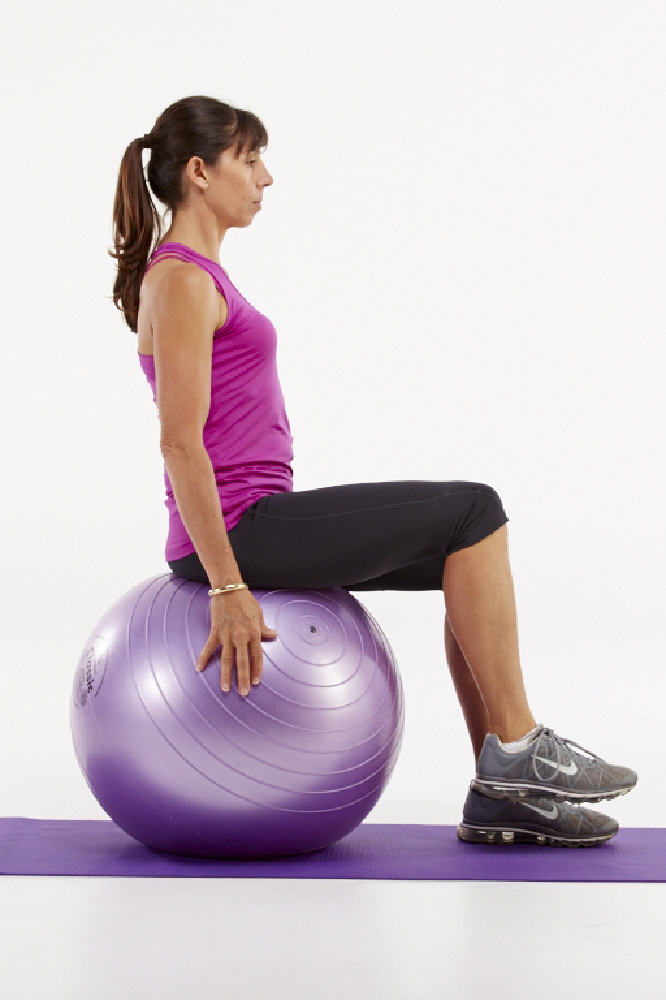
Follow these exercises that will help with prolapse
Many women are at risk of pelvic floor prolapse or suffer repeat prolapse, but feel afraid or at times embarrassed to talk about it.
Child birth, hysterectomy and menopause all add to the risk of prolapse. Although not life threatening, it can affect a woman’s confidence and perceived ability to exercise. In fact, some exercises can aggravate symptoms and be detrimental for women at risk of a prolapse.
However, pelvic floor safe exercise, a concept first coined by Inside Out, the book series by Australian Physiotherapist Michelle Kenway, can help ease prolapse symptoms and reduce the risk of repeat prolapse. It has been written specifically for women with and at risk of prolapse in response to the limited resources available, particularly in the UK.
Australian physiotherapist Michelle Kenway helps people suffering with prolapse with her new book in the Inside Out range. Available from StressNoMore.co.uk
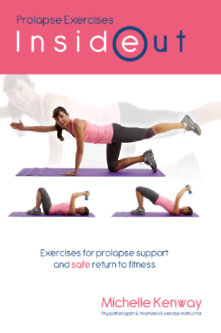
Prolapse Exercises Inside Out is the second and latest book by Michelle Kenway. This latest book is to help women with prolapse exercise safely to lead a better quality of life. Pelvic prolapse is a defect, similar to a hernia, where organs such as the uterus, bowel or bladder are pushing into the vaginal walls. Pelvic floor exercise cannot reverse the stretching of these tissues once they are stretched, however, in some cases, pelvic floor exercise can decrease prolapse symptoms as well as lift the pelvic floor and prolapse to sit higher within the pelvis. Women find they are much more comfortable and can live an active life.
 Michelle shares her advice
Michelle shares her adviceMichelle Kenway said: “Women tell me they feel shocked, helpless and at times depressed about their prolapse diagnosis. To make things worse they are often terrified of making their prolapse worse, or needing to undergo repeat prolapse surgery. Some ladies even stop exercising all together out of confusion and fear about how to exercise safely with prolapse issues so that they miss out on the wonderful benefits of exercise.
“Most women with prolapse and after prolapse surgery can exercise for their wellbeing however the information to help women exercise safely and effectively with prolapse issues is lacking in many parts of the world. All too often women with prolapse are given little to no exercise guidance after their visit to the gynaecologist or following surgery. These ladies can benefit enormously from specialised exercise guidance.
“My hope is that by sharing my knowledge and understanding of pelvic floor safe exercises in my book Prolapse Exercises, women can feel empowered and confident to be proactive about their prolapse and regain a sense of control over their bodies through appropriate exercise. I sincerely hope this book helps women with the tools they need to exercise safely to feel great within themselves and about their body.”
Exercises to avoid
Many of us use popular abdominal exercises regularly without realising how inappropriate they may be for our pelvic floor. Ladies who have strong pelvic floor muscles can withstand the pressure of intense core abdominal exercises. Rehabilitation and pelvic floor exercising can improve your capacity for advanced core abdominal exercises over time. If you are recovering from prolapse surgery, it is important to maintain a manageable level of intensity and avoid overloading the pelvic floor.
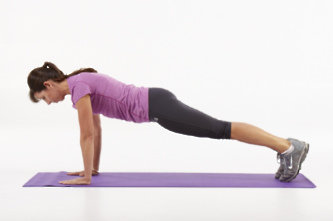
Exercises to avoid include:
Abdominal curl, such as: Abdominal crunch, exercise ball crunch, incline sit ups, double leg raises.
Reverse crunch, bicycle legs; and weight bearing through the upper limbs, such as: full men’s push up’s, chin ups, full plank.
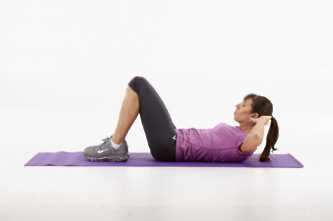
Safe exercises
Safe exercising can be promoted by correctly activate your deep abdominal muscles, known as the transverse abdominis muscles. These are positioned beneath layers of abdominal muscles and other tissues. When you activate these deep muscles, focus on your lower abdominal wall, the area where a pair of full briefs would sit over your lower abdomen.
Safe exercises include:
Lying down activation: It is important to keep your breathing regular as you activate the deep abdominal muscles. To activate them, lie on your back with your knees bent and feet flat. Slowly and gently draw your lower abdominal wall away from your briefs and towards your spine. This is a subtle movement and not a strong contraction. You may also be able to feel a slight contraction of your upper abdominal ‘six-pack’ muscles.
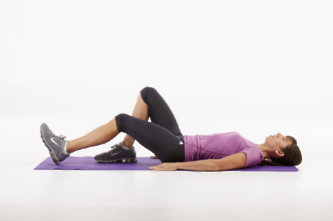
Example: Heel slides: Lie down and activate your deep abdominal muscles. Stretch one leg at a time by running the heel across the ground away from your bum, when your lower back begins to arch up, return your heel to starting position. Repeat up to 10 times for each leg.
Seated activation: Facing forward, sit straight, with your feet flat on the ground and knees about hip width apart. Lift your chest and keep your spine tall. As with the lying down activation, gently draw your lower abdominal wall away from your briefs and towards your spine.

Example: Knee lifts: Sit and activate your deep abdominal muscles. Arms by your side, maintain your contraction while slowly raising one knee to lift one foot just off the ground in front of your body, and then lower it to the ground. Repeat for 10 knee lifts for each leg.
Tagged in exercise Women's Health fitness tips

